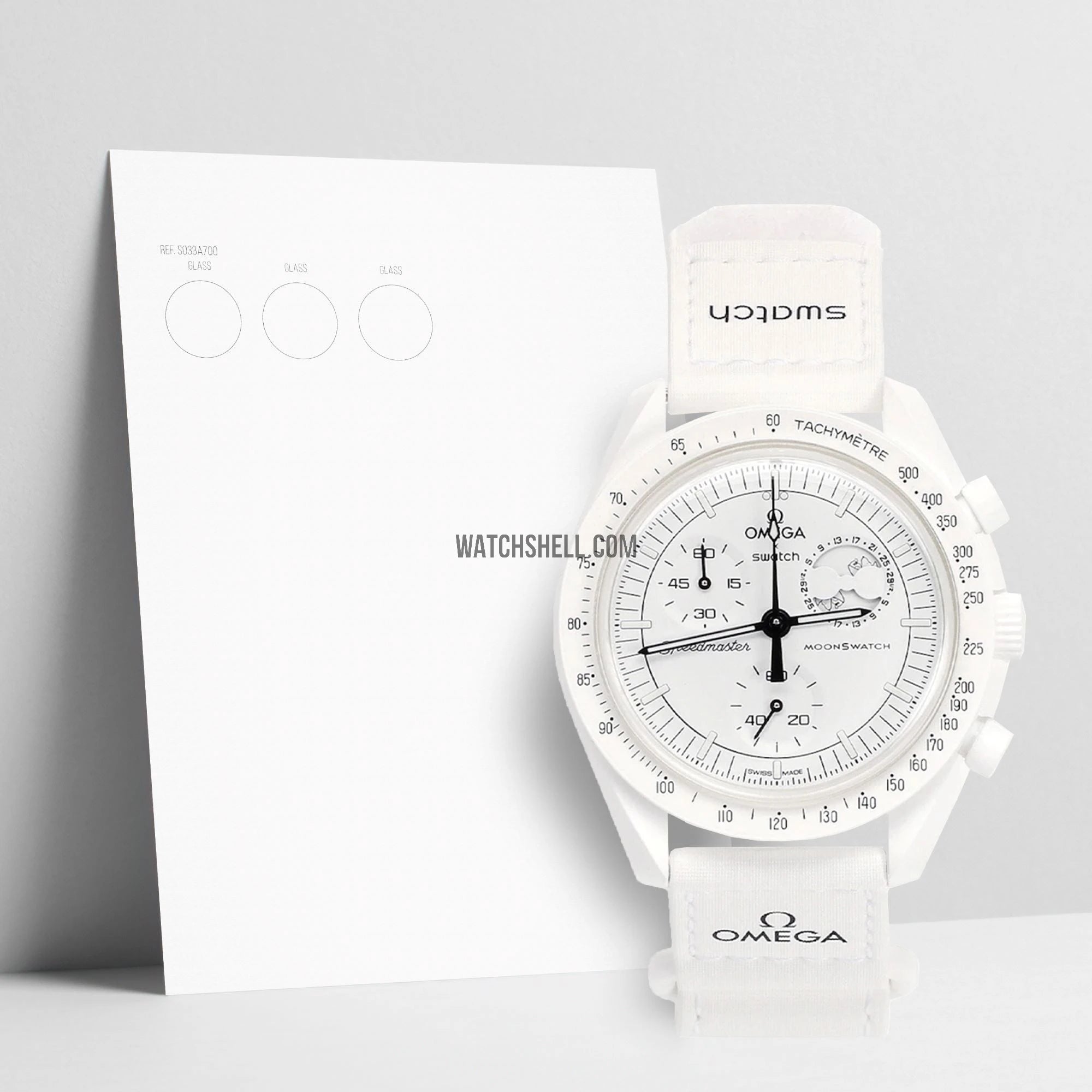
Rolex watches are substitutable with luxuriousness, workmanship, and dateless title. Whether it s a time of origin Submariner or a modern Datejust, these timepieces represent more than just a way to tell time they re often precious heirlooms, investment pieces, and symbols of subjective achievement. Given their value and prestigiousness, it s no storm that many Rolex owners are extremely tender of their watches. One question that often comes up in take in forums, mixer media groups, and collector circles is whether or not to use protective film on a Rolex.
Protective film, sometimes referred to as a tender pricker or screen shielde, is a thin, obvious level applied to the catch s case, watchband, or even the watch crystal to keep scratches and fry damage. While some collectors embrace it as a virtual safe-conduct, others see it as supernumerary or even esthetically displeasing. To get a clearer see, we radius direct to Rolex owners about their go about to using caring film and their reasoning behind it.
Why Use Protective Film?
Among Rolex owners who do use protective film, the primary motive is : saving. Rolex watches can be quite high-ticket often thousands to tens of thousands of dollars and owners want to keep them looking pure. Scratches on the case, watch bracelet, or crystal can diminish the view s appearance and, by telephone extension, its value.
I put tender film on my Explorer II as soon as I got it, says Daniel, a catch partisan from New York. I wear it almost every day, and the film has preserved it from scratches and scuffs that would have shown up otherwise. It s essentially unseeable unless you look intimately, so it doesn t involve the look or feel.
Some owners play up how protective film offers peace of mind. When you invest in a luxury horologe, it s natural to want to shield it from the rigors of daily wear, inadvertent bumps, or abradant surfaces. Protective films supply a buffer zone that can absorb tyke impacts or abrasions without negative the real take in rise.
Another park use is for owners who plan to keep the catch for a long time or resell it in the future. The like-new is often extremely prized in the resale market, and preserving the take in s factory wind up with tender film can help exert its value.
The Case Against Protective Film
On the flip side, many Rolex Scratch owners favor not to use tender film, citing several reasons.
First and firstly is aesthetics. Some enthusiasts argue that any film or pricker compromises the watch s ocular invoke, even if only somewhat. Rolex watches are crafted with precise tending to detail, including polished and brushed finishes that catch the light attractively. Applying a film can sometimes dull these finishes or make an unwanted texture.
I m very particular about how my watches look, shares Maria, a gatherer based in London. I believe the smasher of a Rolex lies in its workmanship. I don t want any level between me and the view s surface. If it gets scratched, I see it as part of the watch s report.
There s also the thoughtfulness of wear and tear on the protective film itself. Some owners describe that films can peel, collect dust, or become discolored over time, requiring sponsor replacement. For watches worn , this can become an ongoing upkee chore.
Additionally, there s a purist mindset among some collectors who prefer to let their watches age naturally. They appreciate the patina, small scratches, and signs of wear that come with time as part of the view s unique and story.
Balancing Protection and Enjoyment
Interestingly, some Rolex owners take a equal approach they use protective film selectively.
I employ film only on the watchband, not the case or watch crystal, says Ahmed, a Dubai-based collector. The wristband is more prone to scratches from desk work or jewelry rubbing against it. But I like the case to show some wear. It s a middle run aground between conserving value and enjoying the take in.
Others swap between wear their Rolex with and without film depending on the occasion. For example, they might transfer the film for dinner dress events or photoshoots but keep it on for routine use.
New Trends and Innovations
The commercialise for caring films and coatings has evolved significantly. Some companies now volunteer extremist-thin, nigh occult films that are extremely serviceable and tolerant to yellowing or shedding. There are also ceramic coatings that can be professionally practical to the take in surface for long-term excise resistance without neutering the take in s look.
Rolex itself does not formally back or cater caring films, going the entirely up to the owner. However, a few dealers or authorised serve centers may establis tender stickers temporarily on new watches before sale to protect them during handling and shipping.
Final Thoughts
So, do Rolex owners use protective film? The do is a nuanced yes and no. It ultimately depends on personal predilection, life style, and how the proprietor views the catch either as a pristine investment funds or a utility patch of art meant to be worn and lived with.
Protective film offers positive benefits in conserving a watch s end up and protective it from ordinary hazards. For those who want their Rolex to stay as to showroom condition as possible, it s a realistic root.
On the other hand, many appreciate the natural aging and unique that comes with years of wear, preferring to relinquish any tender stratum in favour of authenticity.
If you re a Rolex proprietor or thought process of becoming one, consider your priorities: Is your take in a careful investment funds, a daily keep company, or both? Whatever you settle, the love and care you give your Rolex is what truly makes it special.